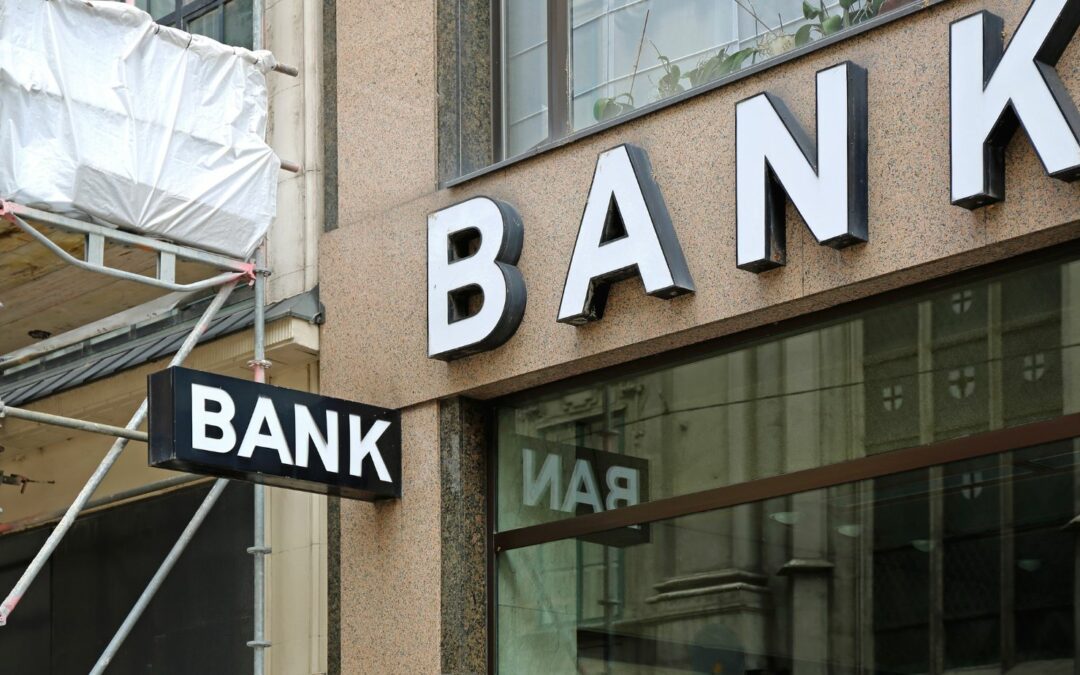If you’re a Chase customer, you may be wondering about the overdraft limit of $1,000. Well, I’m here to provide some clarity on this topic. Chase Bank offers an overdraft limit of $1,000 for eligible customers. This means that if you have opted into overdraft protection and meet certain criteria set by the bank, you can overdraw your account up to $1,000.
Certain requirements need to be met to qualify for this $1,000 overdraft limit at Chase Bank. Factors such as the length of time you’ve had your account open and your banking history with Chase will play a role in determining whether or not you are eligible for this higher limit. Additionally, maintaining good standing with the bank by consistently making deposits and avoiding excessive overdrafts will increase your chances of being approved.
Check out our next post for more amazing content!
Chase Overdraft Limit $1,000
Chase Bank offers an overdraft service that allows customers to make transactions even if they don’t have enough funds in their accounts. The overdraft limit refers to the maximum amount of money that Chase Bank will cover when an account is overdrawn. In the case of Chase Bank, this limit is set at $1,000.
Here are a few key points to keep in mind about Chase Bank’s overdraft limit:
- $1,000 Maximum Coverage: With an overdraft limit of $1,000, Chase Bank provides customers with a cushion to cover insufficient funds temporarily. This means you can still complete transactions even if your account balance falls below zero but stays within the provided limit.
- Avoiding Insufficient Funds Fees: By utilizing the overdraft service and staying within the $1,000 limit, you can prevent costly insufficient funds fees. These fees can quickly add up and impact your overall financial well-being.
- Interest Charges Apply: It’s important to note that while Chase Bank covers transactions exceeding your available balance up to $1,000, interest charges may apply on the overdrawn amount until it is repaid in full.
- Consider Opt-In Options: To benefit from Chase Bank’s overdraft service and enjoy coverage up to $1,000 on transactions when there are insufficient funds in your account, you may need to opt in or enroll for this service separately. Contacting your local branch or checking online will provide you with information on how to activate this feature.
Understanding Chase Bank’s overdraft limit gives you peace of mind knowing that you have some flexibility when it comes to managing unexpected expenses or temporary financial shortfalls. However, it’s essential to use this feature responsibly and ensure that you repay any overdrawn amount promptly.

How to Qualify for a $1,000 Overdraft Limit
If you’re looking to qualify for a $1,000 overdraft limit with Chase, there are a few key factors to consider. As an expert in banking services, I’ll guide you through the process and provide you with valuable insights.
- Maintain a Good Credit Score: One of the most important factors that Chase considers when determining your overdraft limit is your credit score. Having a good credit score demonstrates responsible financial management and increases your chances of qualifying for a higher overdraft limit.
- Regular Deposits: Making regular deposits into your Chase checking account can significantly impact your eligibility for a higher overdraft limit. Consistent deposits show financial stability and responsibility, which are favorable qualities in the eyes of lenders.
- Account Activity: Demonstrating healthy account activity by actively using your Chase checking account can also work in your favor. By regularly making transactions such as bill payments or purchases using your debit card, you showcase responsible financial behavior that may result in an increased overdraft limit.
- Relationship with Chase: Building a strong relationship with Chase Bank can be advantageous when it comes to securing a higher overdraft limit. Maintaining multiple accounts or having other types of loans or products with Chase can demonstrate loyalty and increase the likelihood of approval.
- Communicate with Customer Service: If you have questions about increasing your overdraft limit or want to discuss your options further, don’t hesitate to reach out to the friendly customer service representatives at Chase Bank. They can provide personalized guidance based on your specific situation and offer insights into how you can qualify for a $1,000 overdraft limit.
Remember that meeting these criteria doesn’t guarantee approval for the maximum $1,000 overdraft limit; each application is evaluated on an individual basis by Chase Bank’s lending department. However, following these guidelines will certainly improve your chances of obtaining the desired amount.
By proactively managing your finances, maintaining a good credit score, and leveraging your relationship with Chase Bank, you’ll be one step closer to qualifying for a $1,000 overdraft limit.
Our super author here at Famous Parenting and an absolute wealth of knowledge. She has studied many topics including creative writing, psychology and journalism but her real passion lies in raising her 3 children. Between working from home, homeschooling her youngest 2 children and navigating the world of teenagers she is a guru for parents.





